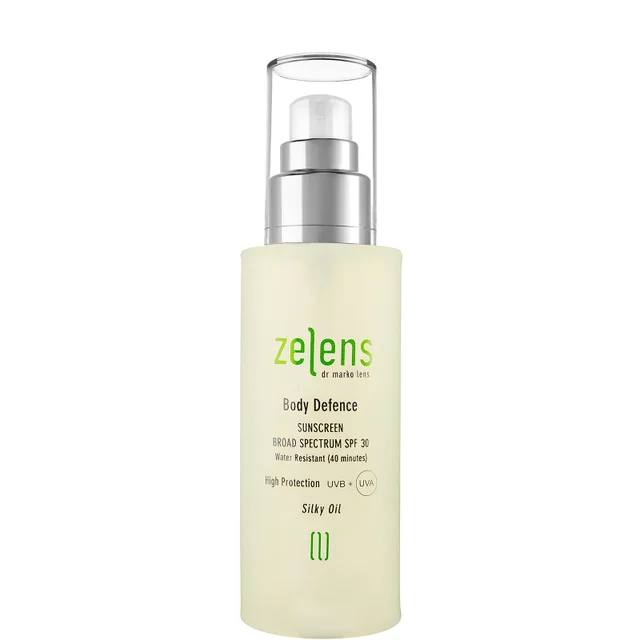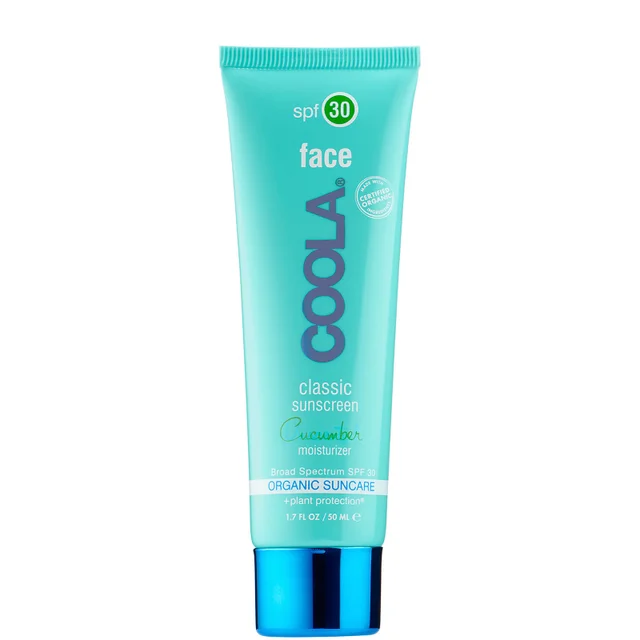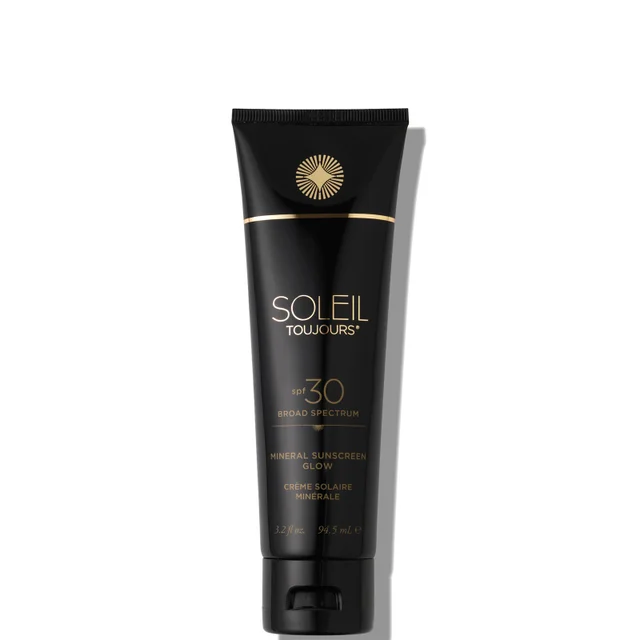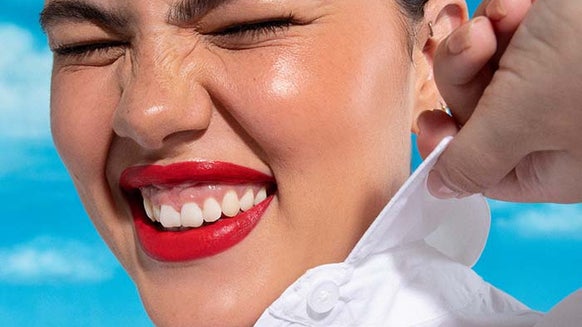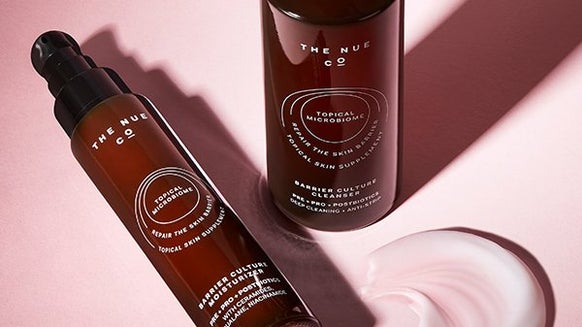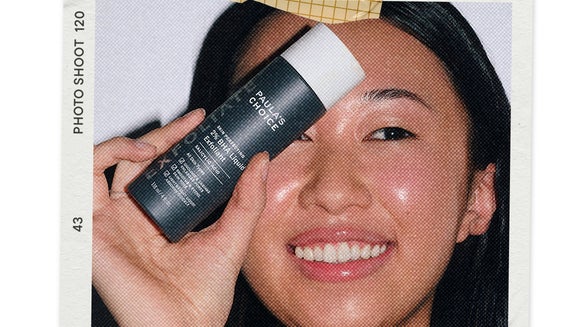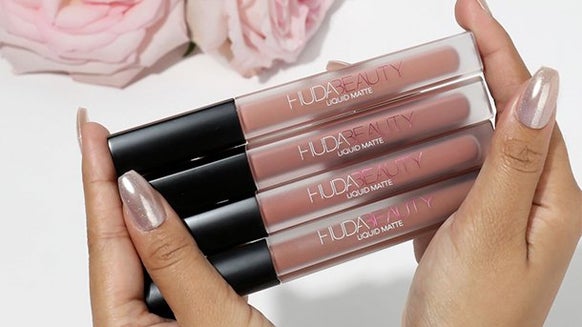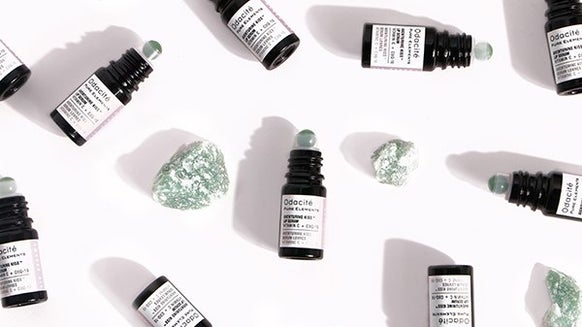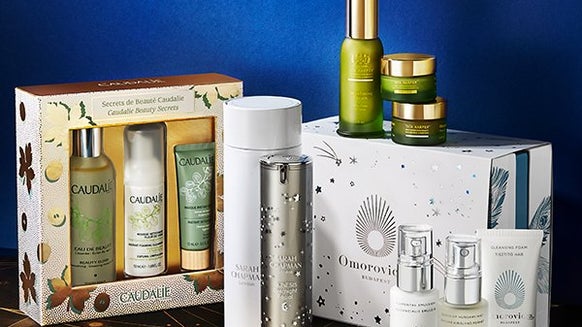Dr. Marko Lens demystifies the sunscreen myths
{Zelens} founder Dr. Marko Lens began his brilliantly informative talk on sun ageing with the words of Baz Luhrmann: 'If I could only offer you one tip for the future, sunscreen would be it'. Very sage advice indeed Mr. Marko/Baz, but why is sunscreen so important?
We all know we must slather ourselves in the stuff (or accelerate our path to leather-handbag visage *shudder*), but surely sunshine makes us happy... and we've survived for gazillions of years without so much as a vine leaf to cover our whotsits?
Well, in answer to that last assertion, gazillions of years ago we didn't go on holiday to far flung climes, armed solely with a yellow polka dot bikini. We were far too busy hunting snarks or mammoths... between busily populating an ENTIRE globe.
What's more, we hadn't yet begun obliterating our precious ozone with silly things we thought we needed - like CFCs and power plants. Dr. Lens was eager to stress the way that these social/economic and technological developments have seriously impacted on instances of skin cancer, highlighting that foreign travel (especially during the seventies and eighties, when tin foil lined the Mediterranean beaches 'roasting' oily men and women to a crisp) has a lot to answer for, and that our weakened ozone layer leaves us all much more susceptible to UV's skin devastating effects.
1 in 5 people will develop skin cancer during their lifetime, with instances of the disease having increased dramatically from 1 in 1500 (c. 1930) to 1 in 52 (in 2010). Scary statistics, no? Which is why its so important to be clued-up and equipped to make informed decisions when it comes to protecting yourself from the sun.
UVB rays have a shorter wave-length than their 'type A' cousins, causing damage to the skin's uppermost, epidermal cells. The primary indicator of too much UVB exposure is sunburn. Yep, BURN people. Horrible, ouchy, holiday-ruining sunburn, that not only causes irreparable DNA damage, but can lead to your skin peeling off like a lizard (which is NOT cool).
UVA might therefore seem quite friendly in comparison, but don't be fooled by its melanin-boosting abilities − as Dr. Lens was keen to stress − 'there's no such thing as safe tanning'. UVA causes Immediate Pigment Darkening (IPD) and Persistent Pigment Darkening (PPD) through the oxidation of existing melanin, as well as upward movement of melanosomes. Therefore, when UV (A and B) radiation exceeds the level that your skin can cope with, it starts frantically making more melanin to mop up the excess, resulting in a short-term tan... and long term detriment.
Well, you need a broad spectrum sunscreen − which means one that's been developed to reflect/absorb both UVA and UVB wavelengths. There are two types to choose from; Physical (like these ones from {Soleil Toujours} and {Omorovicza}) − which sit above your skin reflecting UV rays like skin care Captain Planet, and Chemical (like {COOLA} and {Sonya Dakar}) − which effectively 'absorb' UV.
Chemical sunscreens contain 'free' electrons in a low energy state, which are 'excited' by light and move further up the energy ladder. It's a bit like a house party, with electrons gathered in the kitchen sipping cava 'til the DJ puts on 'Happy' and they HAVE TO sprint upstairs and clap their (non-existent) hands. Then as the electrons grow tired, they gradually wend their way back down to 'ground', steadily re-releasing all their pent up energy as heat. Make sense?
Physical sunscreens typically contain titanium dioxide or zinc oxide (but only zinc oxide is reliably broad spectrum), which makes them better suited to sensitive skin types - but also makes them slightly heavier than their chemical counterparts. This can exacerbate oiliness and lead to breakouts if your skin's congested or you're blemish-prone (and also leave you looking ghostly white in flash photography).
Chemical sunscreens contain molecules like oxybenzone, avobenzone and octylcrylene (among others), which arguably create a more consistent barrier than their physical friends, but the level of protection is determined by the particular active and its stability. Chemical sunscreens can also irritate, and because they generally 'bind' to skin, they aren't effective instantly (which is why many sunscreens advise you to wait 20 minutes before sun exposure).
Both have pros and cons, which is why you'll find some filters that have dual chemical/physical attributes (all bases covered).
SPF (Sun Protection Factor) indicates the level of UVB protection, and is a ratio of the amount of UV radiation required to burn the protected skin (if you're usually 'fine' for ten minutes, SPF 15 should protect you for 15 x 10 minutes, geddit?).
SPF 15 − 50 is the recommended range, with the percentage difference in protection ranging from 93 − 98%; there's only 1% difference between SPF 30 and SPF 50, and some skin cancer associations are campaigning for sun filters higher than 50 to be removed from the market, believing that they encourage complacency (people feel better protected, and so reapply less often).
SPF won't cut it on its own though − you also need UVA protection, which is rated differently (and currently, quite inconsistently). Broad spectrum sunscreens might have star ratings, PFA factors or PPD protection ratings, but as Dr. Lens pointed out, the regulations governing sunscreen labelling differ dramatically around the globe. So instead of trying to interpret these confusing messages, he advises people to educate themselves regarding which ingredients to look for.
For example, his {Daily Defence SPF 30} contains stabilised avobenzone 3% (UVA), alongside octinoxate (7.4%), octisalate (5%) and octocrylene (2.7%) (UVB) to absorb the full spectrum of harmful UV radiation.
And lastly, sunscreen isn't a miracle. It will do its' best to protect you when it has to, but you need to make sensible choices. Apply sunscreen liberally and, if it's chemical, make sure you wait the recommended time before skipping off to the beach. And we KNOW it's boring, but the best thing you can do is avoid the sun at its peak - don a caftan, plonk yourself beneath a parasol and pretend you're Gina Lollobrigida. A glow can be faked but sun damage - once done - is really done.
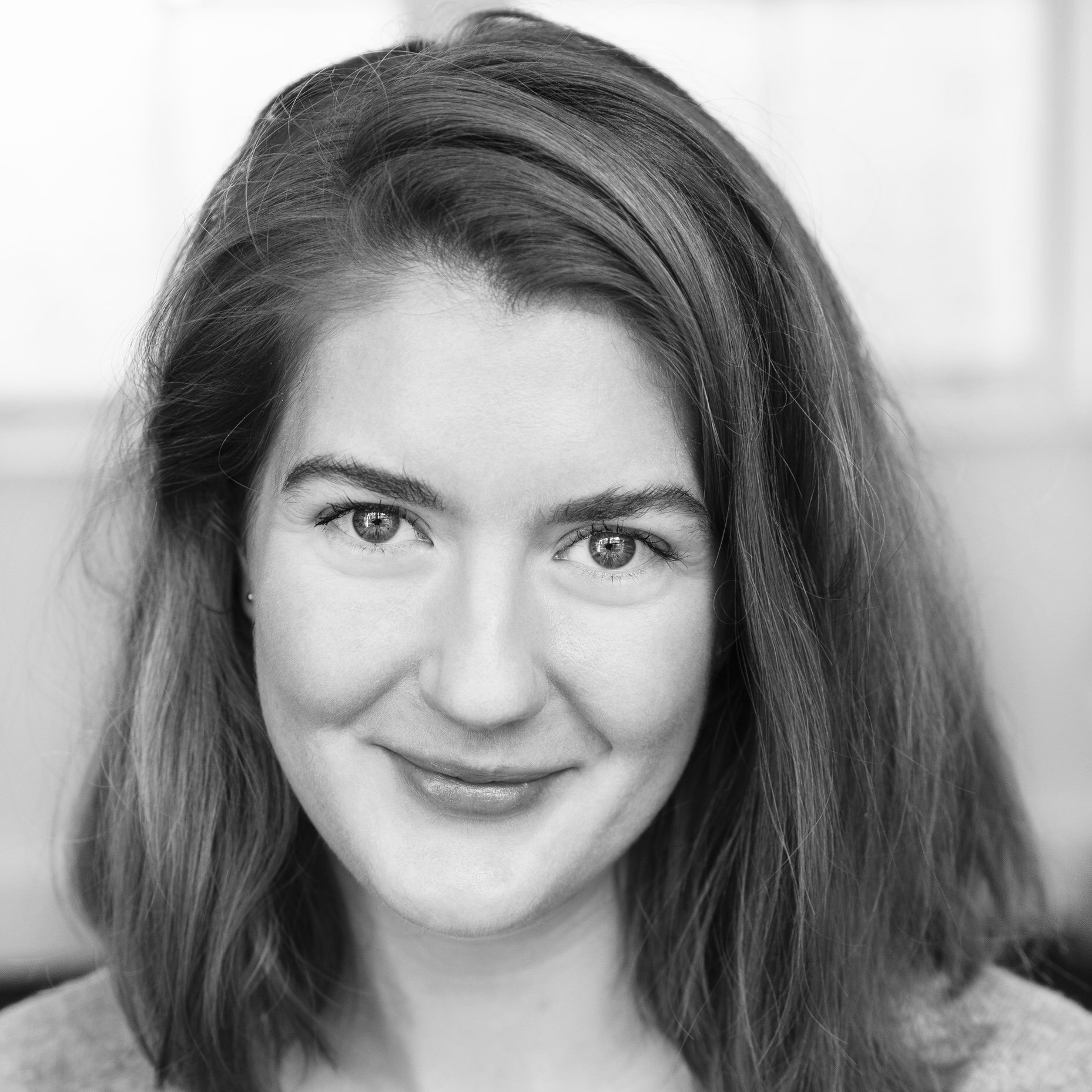
Cult Beauty’s Content Editor and a Cult Beauty OG, Verity loves nothing more than the marriage of language and lip balm. A quintessential Libran, she’s a self-professed magpie for luxury ‘must-haves' and always pursuing the new and the niche — from the boujee-est skin care to cutting-edge tech. Balancing an urge to stop the clock with her desire to embrace the ageing process (and set a positive example for her daughter), Verity's a retinol obsessive and will gladly share her thoughts about the time-defying gadgets, masks and treatments worth the splurge...
